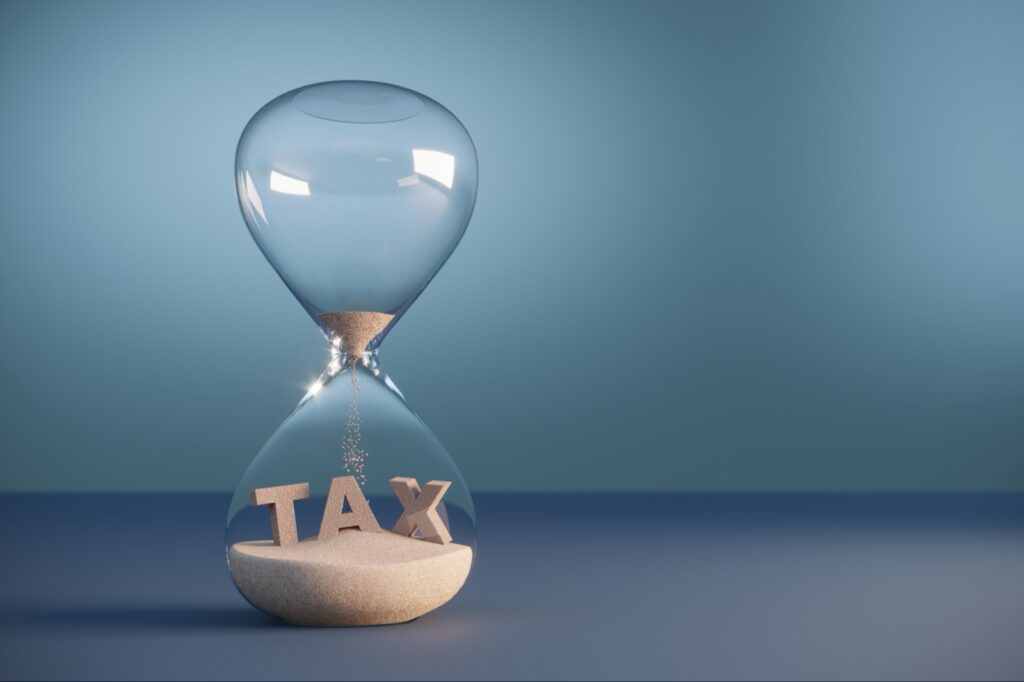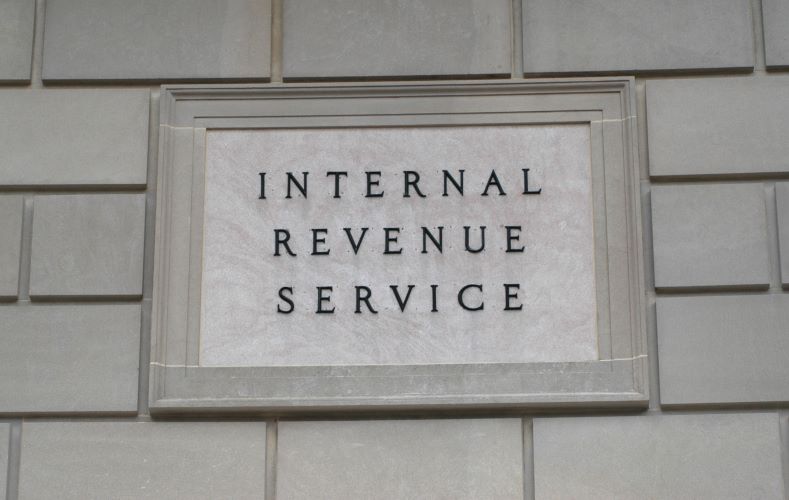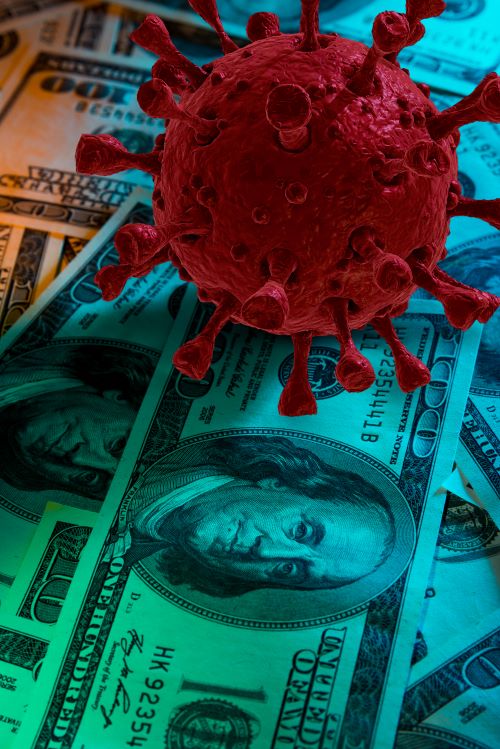With the various new relief options available with the CARES Act, there also comes unchartered territories and various processes and procedures that must be followed. Another option for employers to consider to assist their employees is providing Section 139 qualified disaster relief payments. This option could very well be the most generous and easily administered of the various employee benefits provisions currently available to employers to help their employees during the COVID-19 pandemic.
Employers are able to make non-taxable qualified disaster relief payments to employees for reasonable and necessary expenses resulting from the coronavirus pandemic under Tax Code Section 139, which was enacted in the aftermath of the September 11 terrorist attacks. When triggered, it overrides the broad income inclusion principles of Section 61, allowing employers to provide direct financial assistance to employees impacted by a qualified disaster without adverse tax consequences.
Some interpret Section 139 to mean that these qualified tax relief payments only apply to reimbursements. Others see Section 139 also encompassing cash advances to pay for covered expenses that the employer reasonably expects the employee to incur.
Defining a Qualified Disaster
The gatekeeping requirements for Section 139 payments are fairly broad and were triggered on March 13, 2020, when President Trump declared a national emergency under the Robert T. Stafford Disaster Relief and Emergency Assistance Act due to the COVID-19 pandemic.
Reimbursable Expenses
Reimbursable expenses associated with the coronavirus may take many different forms, such as:
- Unreimbursed medical expenses including co-pays, deductibles, vitamins, and supplements
- Increased expenses associated with being quarantined at home
- Expenses associated with setting up or maintaining a home office such as enhanced internet connections, computer monitors, laptops, printers, office supplies, etc. (even if such expenses would not otherwise satisfy the home office deduction requirements)
- Housing for additional family members
- Nonperishable food purchases/reserves
- Increased childcare expenses
- Expenses to enhance mental health and physical well-being from social distancing such as meditation apps and home health fitness
- Alternative commuting means in lieu of mass transit
Non-Reimbursable Expenses
Under Section 139, there are the following three broad categories of non-reimbursable expenses:
- Payments for expenses that are not reasonable and necessary
- Payments that constitute an income replacement program (i.e., a payment for lost wages, lost business income, or unemployment benefits)
- Payments that are reimbursed or reimbursable by insurance or otherwise
Benefits of Section 139 Payments
- Expense Documentation: Under Section 139, employees are not required to account for or substantiate actual expenses in order to qualify for the exclusion, provided that the amount of the payments can be reasonably expected to be commensurate with the expenses incurred.
- Limits: Section 139 does not impose a dollar limit. An employer could provide an affected employee with a six-figure payment as long as the expenses in question are reasonable and necessary with respect to the coronavirus.
- Discrimination Testing: Section 139 payments are not subject to discrimination testing.
- Payroll Taxes/Reporting: These payments are excluded from gross income and wages for payroll tax purposes, and they are not subject to information reporting on either Forms W-2 or Forms 1099-MISC.
- Deductions: Qualified disaster relief payments should be fully deductible. Even though the payments are neither taxable wages nor gross income, employers may reasonably take the position that the payments remain fully deductible to the same extent that they would have been if they were otherwise included in gross income or taxable wages. However, Section 139(h) does deny “double benefits” with the likely result that self-employed individuals and other owner-employees may find their tax deductions limited if they are actually a recipient of a qualified disaster relief payment.
- Fringe Benefits: Section 139 should override the provisions of Section 132 (regarding fringe benefits) to the extent that the provisions might otherwise cover the same payment.
Plan Documentation
A written plan document is not required or recommended. Nevertheless, employers may consider adopting an administrative process to validate payments that meet the Section 139 requirements. This may include an application form that requests an affirmative statement provided by the requesting employee that the funds being requested are necessary for expenses associated with the coronavirus and also confirms that such expenses are not reimbursable by insurance.
** With the ever evolving changes of the COVID-19 stimulus opportunities, please refer to our Response to COVID-19 page for the most up to date information. Please contact us if you have specific questions. **
Contact Us
Given it has some of the most favorable income and employment tax treatment of any provision of the tax code, the reasonableness provisions, the broad nature of reimbursable expenses, and the lack of any onerous substantiation requirement make Section 139 payments the first benefit that any employer should consider when trying to respond to the adverse financial impact that the coronavirus has on its employees. If you have questions on how to move forward with Section 139 payments, Selden Fox is here to help. For additional information please call us at 630.954.1400 or click here to contact us. We look forward to speaking with you.





